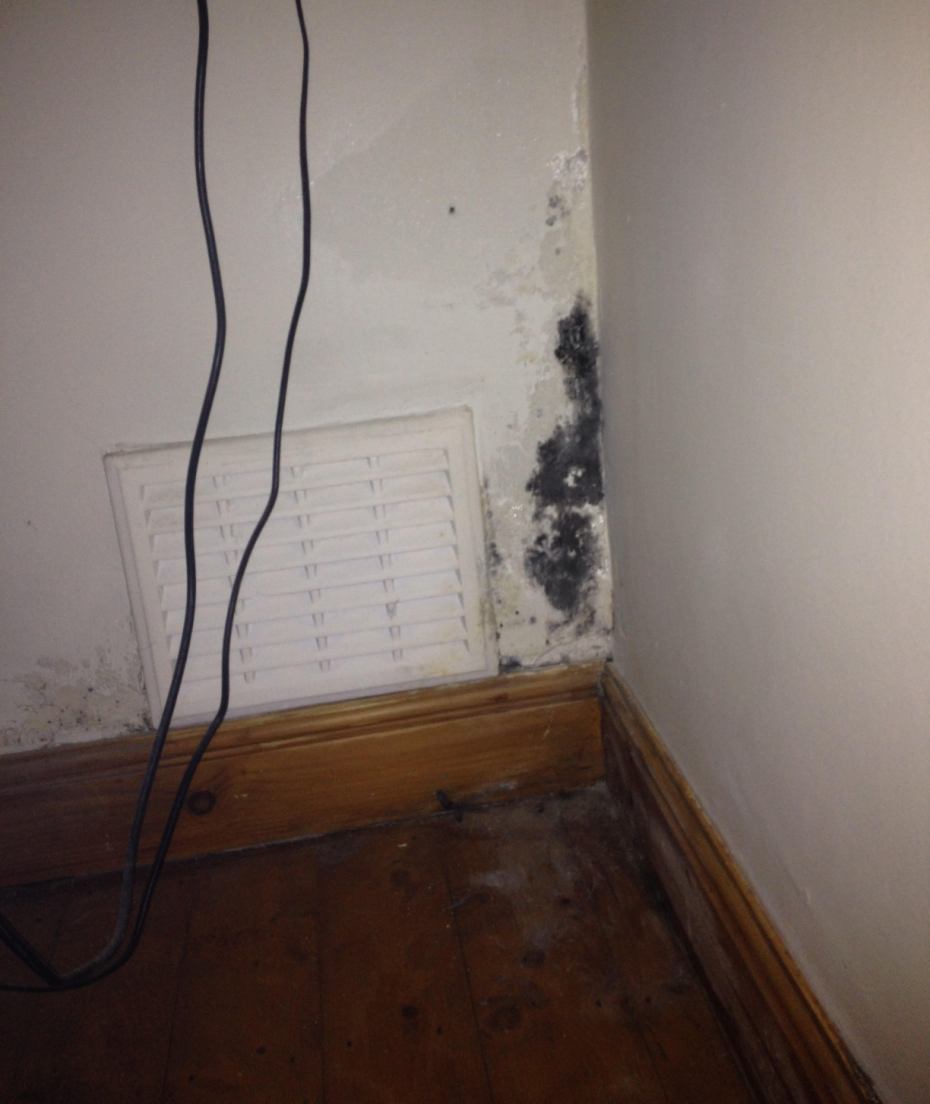Find a Mold Specialist Now
Click or Call, Toll-Free 24/7
Acremonium Mold
Acremonium differs from many common types of mold in a couple of ways. For one thing, it grows more slowly than many other kinds of mold. That’s good news for homeowners, because it means you’re more likely to be able to remove it from an affected area of your home before it spreads throughout the entire house or invades your home’s heating, ventilation and air conditioning system or otherwise develops into a very large and very costly problem.
That does not mean you should put off dealing with it, though. Given sufficient time, it will spread.
It also poses a significant health risk, and this is the second way in which it differs from most other strains of mold. According to the U.S. Centers for Disease Control and Prevention, all types of mold are a potential health hazard. However, most serious mold-related infections occur in immunocompromised people – those whose immune systems are not functioning normally due to illness or some other reason. The National Center of Biotechnology Information (NCBI) reports that acremonium-related infections are actually more common in immunocompetent people, though – those with fully-functioning immune systems and not generally considered to be at high risk for serous fungal infections.
Acremonium-Related Health Problems
Serious infections due to this strain of mold are uncommon, but when they do occur, they often occur in otherwise healthy individuals.

Infection may occur after some sort of trauma or injury. A serious skin infection called mycetoma occurs when a minor injury to the skin, such as a scratch, allows the mold to enter the body. The infection starts as a hard lump that may or may not be painful and slowly evolves into a deep lesion.
Initially only the skin is affected but over time the underlying muscle and bone becomes involved, as well. Mycetoma develops most often on the foot but can occur on other parts of the body. It can lead to serious deformity which makes walking difficult.
Other types of infections related to this mold include infections of the eyes, gastrointestinal tract, sinuses, lungs and heart. Additional possible infections include pneumonia or even meningitis. Infections may be local, affecting only one area of the body, or an infection may spread throughout the body, affecting numerous organ systems.
These are serious, even life-threatening, infections. Since infection due to this type of mold is not very common, the optimal treatment of these conditions is not well-defined, making them even more dangerous. If you develop any symptoms of illness you think might be mold-related, see your doctor right away. Getting an early diagnosis and treatment can make all the difference in terms of recovery.
Removing Acremonium from Your Home
Any kind of mold needs to be removed from your home as soon as possible. Some types are more hazardous to your health than others, but any kind of mold can lead to respiratory problems or other health issues and needs to be removed. If you’re having mold-related health problems, you’ll need to have the mold removed from your home to facilitate your recovery.
Mold must be removed carefully in order to prevent accidentally spreading mold spores to other areas of the home. Care must also be taken to prevent exposure to mold spores that can cause illness. Mold often grows in hard-to-reach spots, like inside walls and ventilation ducts, so special equipment may be needed in order to reach and remove it.
The U.S. Environmental Protection Agency recommends hiring a professional to remove household mold if the mold covers a large area (greater than about 10 square feet), if there is mold inside the heating, ventilation and air conditioning ducts in your home, or if mold develops after the home has been flooded with water that may have been contaminated with hazardous substances like sewage. The EPA also recommends consulting your doctor before attempting to remove mold yourself if you have any health problems that might be made worse by increased exposure to mold, like asthma or other breathing problems.
We suggest scheduling a free in-home consultation with a mold removal professional. You’ll get a written estimate for the cost of having the mold removed, but you’ll also get a free home inspection for mold and you’ll have the opportunity to ask an experienced professional questions about the mold in your home and what must be done to remove it and make your home safe again, all at no cost to you. Follow this link to find qualified mold removal professionals offering free in-home consultations in your area.
Return From Acremonium To Our Main Mold Types Page
Privacy Policy Terms and Conditions Accessibility Do Not Sell My Information Disclaimer Contact Us




